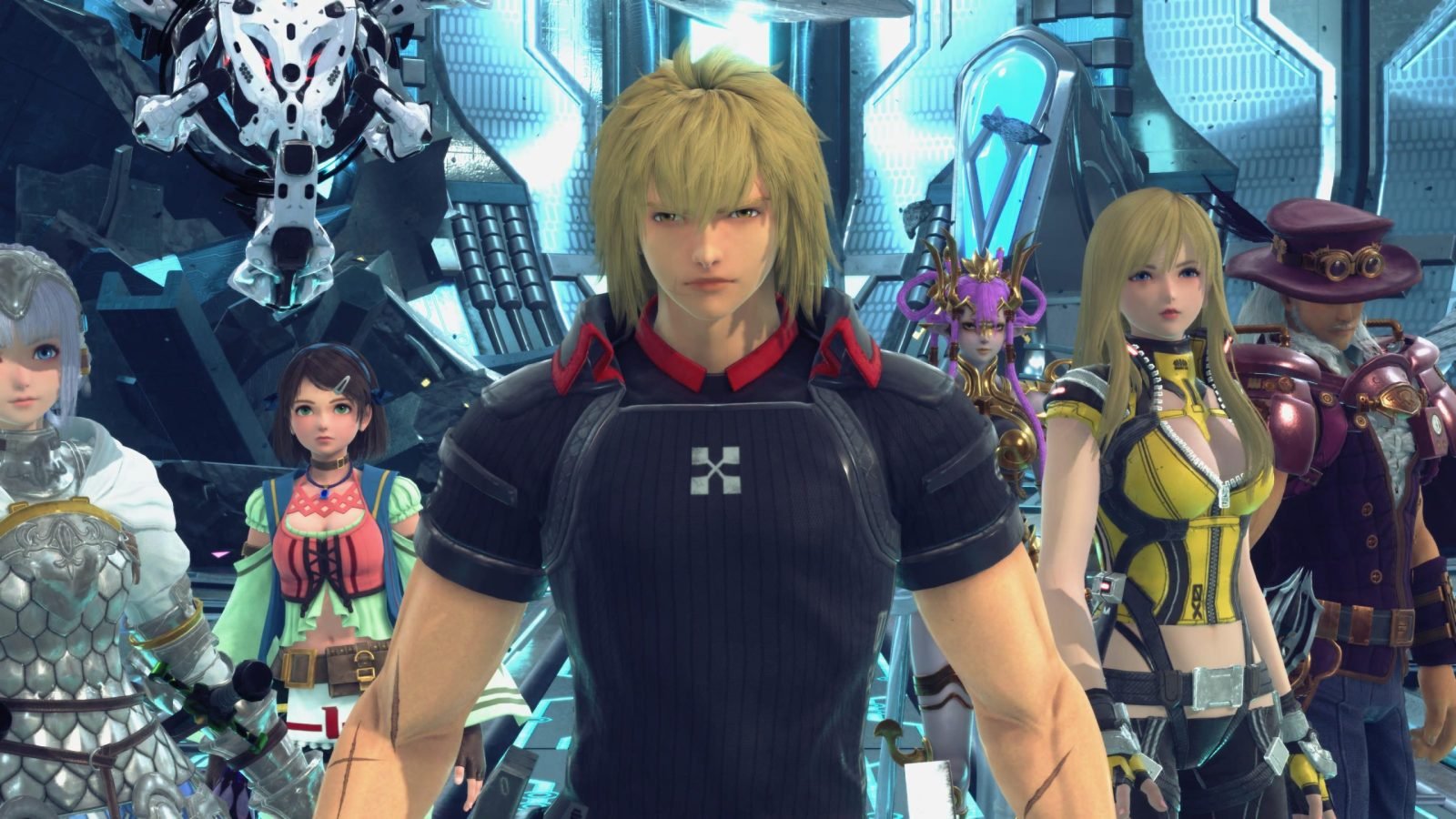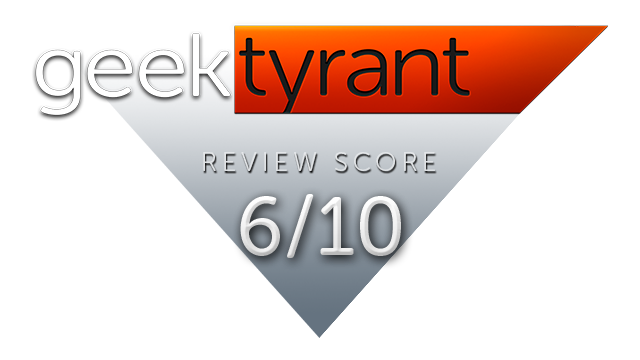Review: Slice Through Layers Of Quality In STAR OCEAN: THE DIVINE FORCE
Fantasy? Sci-Fi? Long-winded RPG? Star Ocean as a series has never strayed away from these major concepts, and The Divine Force isn’t any different. It is an experience that pays off pretty directly with the amount of time and attention that you invest into it.
What I mean by that is certain games have a very low amount of time required to enjoy all the aspects of it, like Mario Kart, Fall Guys, and things like that. But on the other hand, there are games that require an incredible amount of investment in order to just scratch the surface of the depths of the game like Monster Hunter, Elden Ring, and Destiny. Stars Ocean: The Divine Force can really feel quite shallow and unimpressive if you are barely paying attention and just button-smashing. But if you take the time to get to know the story, the characters, and the depths of the combat systems, there is quite a bit of good content below the surface.
The overall presentation of the game is passable at best. Animations for characters, textures for areas, and dub quality are reminiscent of very good PlayStation 3 games. The fact of this game was released this year by a notable company and looks the way it does boggles my mind. Yes, graphics aren’t everything, but the game is almost unpleasant to watch at times because it is so graphically rough. The lighting is muted, the sound quality is ignorable, and the many systems are really, really unintuitive and small. Even though this sound like a lot of negatives, the actual character designs, the large environments, and the score are actually quite pleasant. It is really too bad that The Divine Force is so good in certain areas and so bad in others. It is never unplayable, but it also isn’t a visual or audible treat.
The actual gameplay and combat is probably its best trait. Battles can feel frantic even though most of them are quite easy. I had to check to see if I was on Normal Mode and not Easy Mode once or twice in my playtime because the enemies were so easy to demolish. However, some bosses and encounters were way more difficult than any group of enemies I faced earlier, leaving me to rely on constant revives, and or leaving the battle, and grinding to a higher level. Having to grind for levels is quite a normal thing for JRPGs. It just fell out of place when the rest of my battles were a breeze and tons of fun.
As for the actual combat, players can swap between other characters in the party, which have a wide variety of utility abilities, combat, actions, and weapons. This helps keep the game feeling very fresh. But the real strategy comes in the character menus when players get to literally program their combat combos, stringing together various moves, actions, items, and other things to customize the play style and rhythm of each character. I could see a lot of time being used customizing and re-customizing characters and programmable actions.
While this review, definitely sounds a lot more negative, it is more than I am sad that so many poor choices were made in the making of this game. I feel like we’ve come a long way technologically and gameplay mechanic-wise to smooth out a lot of these rough bumps. The game isn’t bad inherently, but it isn’t giving the player any joyous reason to play it. If you enjoy JRPGs and want a deep combat system to sync your teeth into, this game can be a lot of well-spent hours, but I wouldn’t recommend this to anybody who isn’t ready to use trudge through the majority of mediocrity to enjoy the best of it.

